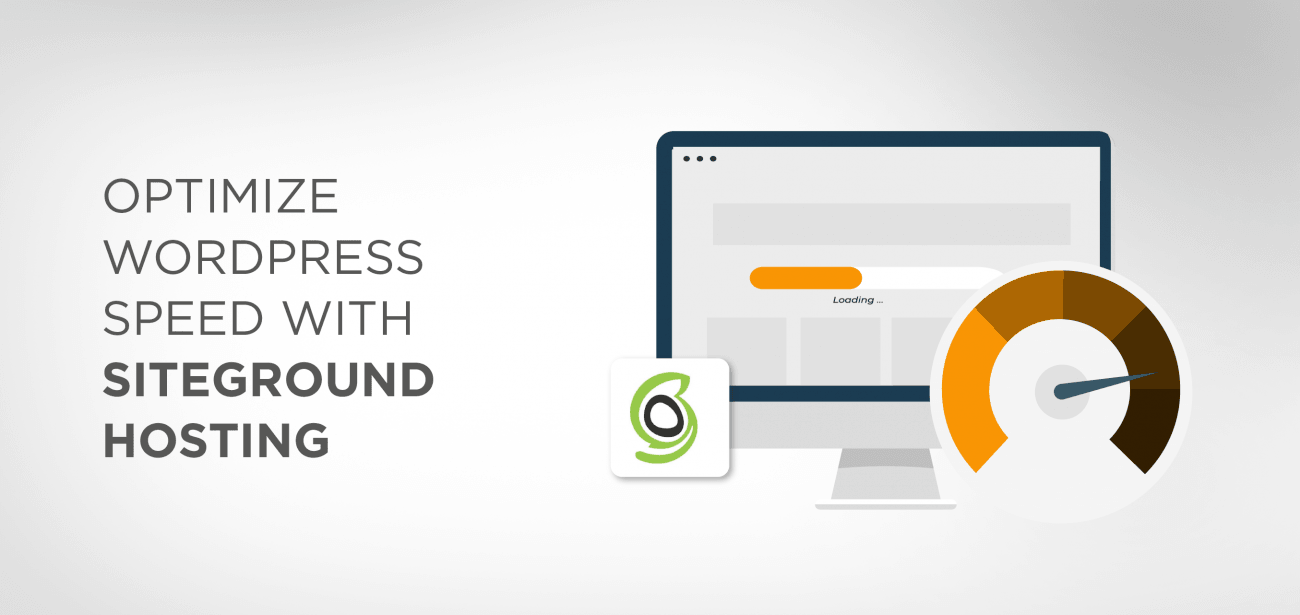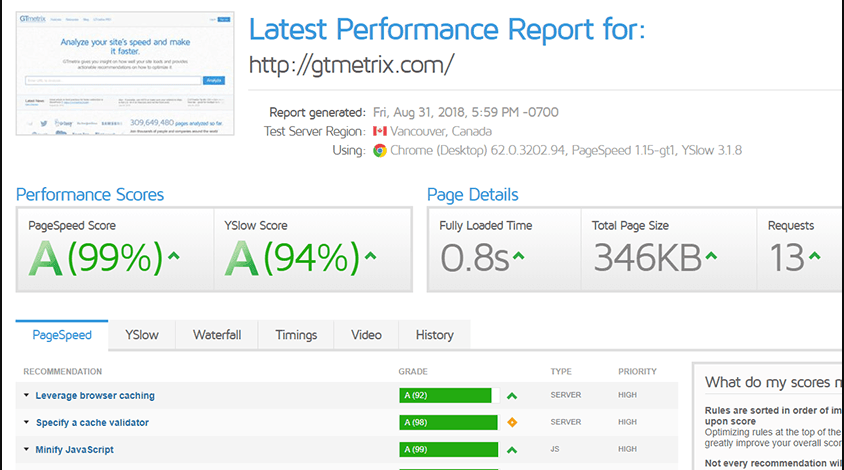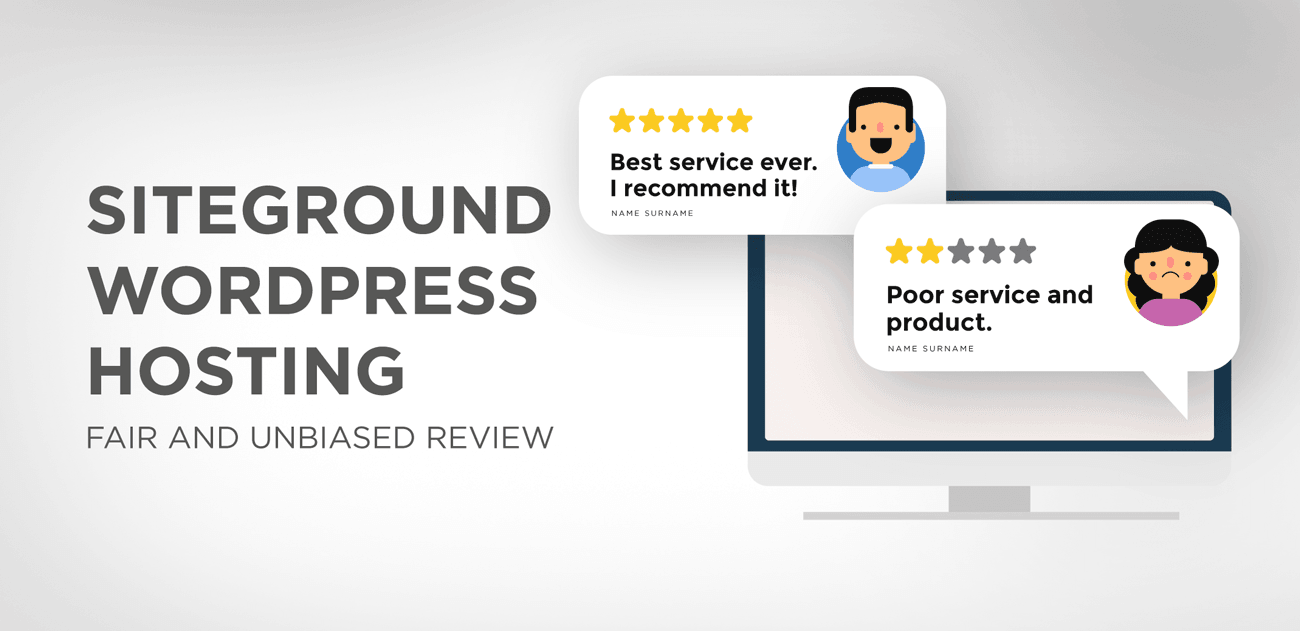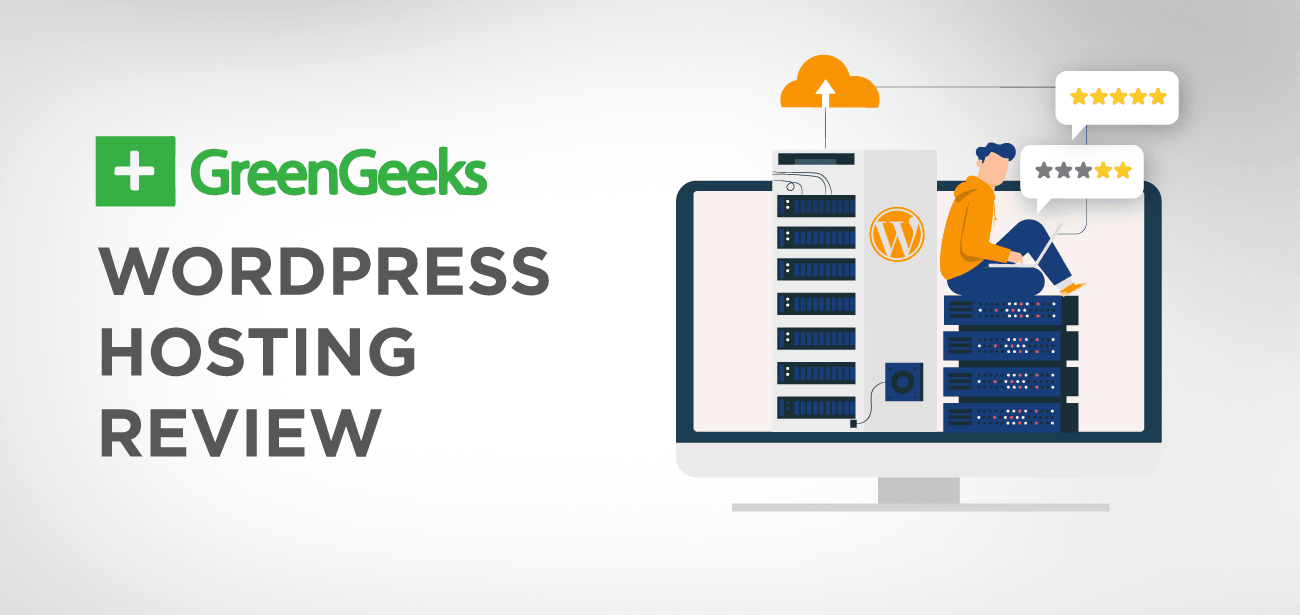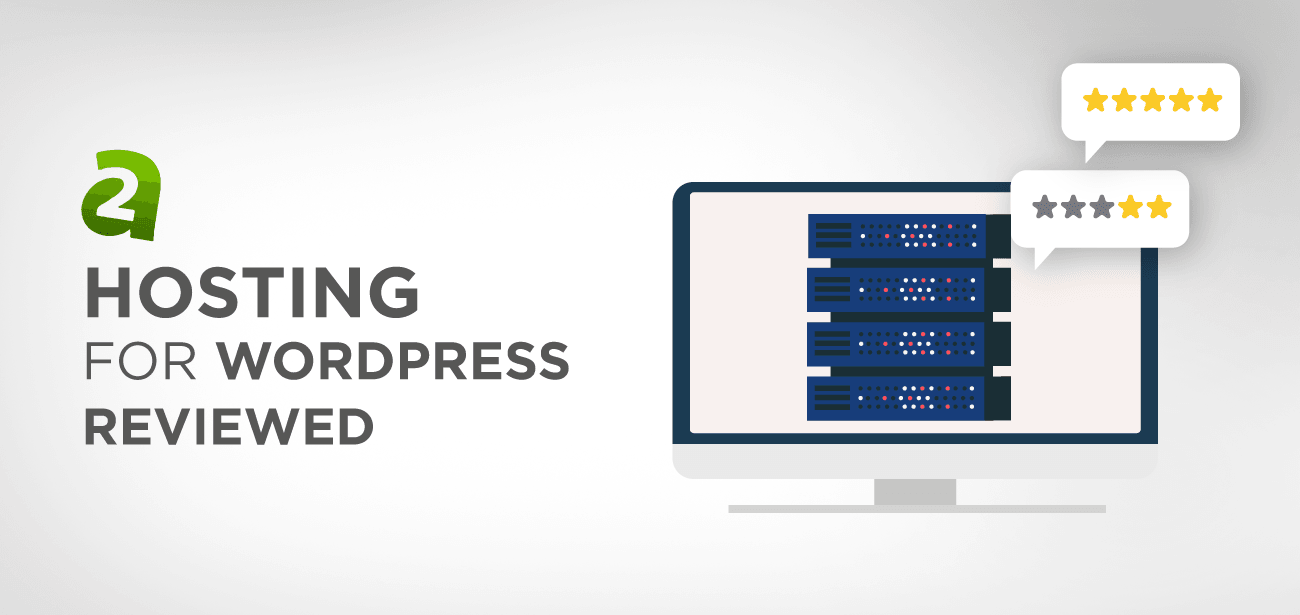Research says if your site’s loading speed is more than one second, then you might be losing traffic because of slow site speed.
But, is your WebHost solely responsible for the slow site speed?
The answer is No! You might be using the best WebHost in the town, but still, there are some speed-boosting techniques and tools that can supercharge your site speed.
In this article, our intent is to showcase those tried and tested tools and techniques specified by Siteground Web Hosting that can boost your site speed performance enormously. Let’s get things underway
First off, you should peek into your website’s problem area. To find out the problematic area, we can use a tool that can perform ‘Benchmark tests.’
- Perform a Benchmark test on your site
- How to optimize page and content
- 1.Reduce the blog pages shown on your index page
- 2.Split long posts into pages
- 3.Use a static image instead of the slider with multiple images
- 4.Use the right image size
- 5.Optimize image sizes without compromising on the quality
- 6.Use limited external fonts
- 7.Enable gzip compression to optimize your pages
- 8.Minification and combination of js and CSS files
- 9.Enable caching to improve site speed
- Theme and plugin optimization
- Server and Hosting optimization
- 1.Enable the server-level caching system
- 2.Use CDN service
- 3.Use server that supports HTTP/2
- Final verdict
Perform a Benchmark test on your site
The easy way to check your site performance is to perform benchmark tests using different tools, such as GTMetrix and Pingdom. These tools are free to use and show you which part of your site is taking maximum loading time and how much time each resource is taking to load.
You can use any other tools also to check your site’s performance; the more tests you take, the better it would be to check your site’s health.
If your site loads less than one second, then there is no need to go for major changes in your site, no matter what grade the benchmark tests fits your site in.
However, if the benchmark tests reveal some serious issues with your site speed, then you should identify and then priorities each issue to start working on them.
Every website has its speed issues, but most of the issues are same in every website such;
- Using too many posts on the front page of your site.
- Loaded with multiple social and sharing plugins or widgets
- Loads of external fonts
- Large image sizes and unoptimized images
Let’s find out how you can fix these issues by yourself.
To begin with, we will focus on the page size and content optimization techniques.
Keep reading to discover how you can optimize your page loading speed using simple tips.
How to optimize page and content
1.Reduce the blog pages shown on your index page
To reduce the number of blogs that are visible on your homepage.
Go to: settings > reading settings > Blog pages show at most
Now change the settings of Blogs pages show at most to the lowest possible number. This will automatically reduce posts visible on your home screen.
Alternatively, you can install a WordPress plugin YITH infinite scrolling, which can display your content when your users will scroll down, just like Facebook shows the posts when you start scrolling.
2.Split long posts into pages
if your posts are too long, you have to split them into pages using a tag <!–next page–>. The tag will split the long pages, and users can go to the next page by clicking on the tag.
3.Use a static image instead of the slider with multiple images
The slider can be a reason for slowing down your site also, most of the sliders are not compatible with mobile screens, so replace the slider with a single static page to optimize your page speed. Alternatively, try some lightweight sliders by using any authentic WordPress plugin such as Soliloquy or Meta Slider.
4.Use the right image size
Always upload the right image size to avoid any trouble. Because the images have to be transferred from server to server, and improper size can take excessive time to load.
5.Optimize image sizes without compromising on the quality
You can use the SG Optimizer plugin to optimize your images fully. It will decrease the image size along with removing the unnecessary data that get saved with the images.
6.Use limited external fonts
The fonts which are used from other platforms, other than Google, may have multiple sizes, weights, encoding, and styles that can affect page loading speed. So, use only limited fonts to increase
7.Enable gzip compression to optimize your pages
Gzip compression will reduce the final output of HTML of your site and other static resources before your data will get transferred to the visitor’s server. Siteground’s SG optimizer plugin has this feature, and you can enable this feature.
8.Minification and combination of js and CSS files
Using the siteground SG optimizer plugin, you can use both minification and combination techniques to reduce the Javascript and CSS files that get load by your site. Minification will remove all the redundant symbols and bites that are consuming time to request your URL.
Or you can combine javascript and CSS files into one this will help in reducing the number of requests your site makes.
9.Enable caching to improve site speed
Caching is an extremely important technique to make your website load faster and perform better. The better way is to use a caching plugin that will cache the content in the server’s hard disk, and your content will instantly load whenever your server receives any request.
Theme and plugin optimization
Theme optimization depends upon several factors; some of them are as follows;
- Select a premium theme from a reputed company, before locking on a theme always read about its developer company and also the reviews by people about the product.
- Chose a theme that comes with only those features which you require, and it should not be loaded with various features that are worth nothing to you because these will create hindrance in loading your site.
- Select a theme that is fully optimized for mobile phones.
- Use icon font rather than images if you like to add icon like images in your site.
- Do not accumulate plugins with several functionalities that you do not use, use limited plugins on your site to make it lightweight and load free.
- To avoid vulnerabilities, always keep your plugins updated.
- Keep your database free from uninstalled plugins residue. Some plugins leave their settings and options in the database even after uninstallation. Use a plugin Garbage Collector to remove these junks.
Server and Hosting optimization
1.Enable the server-level caching system
Siteground has a special WordPress plugin SG Optimizer that can save all the PHP operations, database queries in the server RAM, and whenever the server receives any request by the visitor.
It will deliver the content from memory without using the web server itself. If you enable server-level caching using the SG plugin, your site will perform pretty fast, reducing the loading time from 2 to 3 sec to 0.5 seconds.
2.Use CDN service
If your visitors have different geographical locations, then it’s helpful to use any CDN services such as Cloudflare that will clone your website on different geographical locations so your visitors could access it quickly.
3.Use server that supports HTTP/2
Make sure you host your site on a server that supports HTTP / 2 because it is much faster than HTTP /1 protocol, and your site will not slow down.
Final verdict
I hope this guide helpful in improving your site speed and optimization. Now, I would like to hear from your side, which techniques you find the most helpful?
It’s time to implement these techniques now, and don’t forget to run some benchmark tests to test your site performance and then notice the boost you will get after implementing these changes. Hopefully, you will get better results

